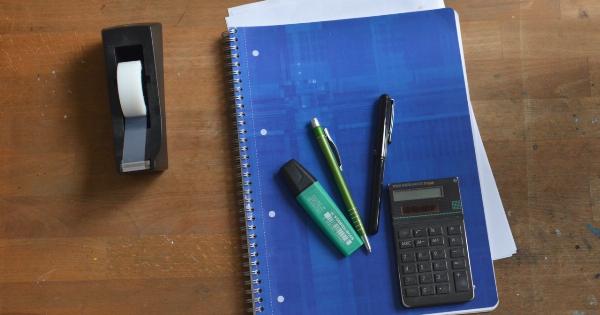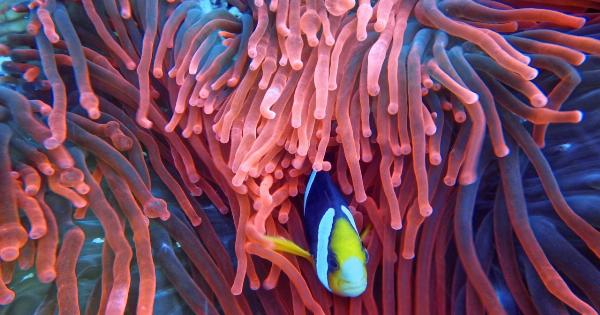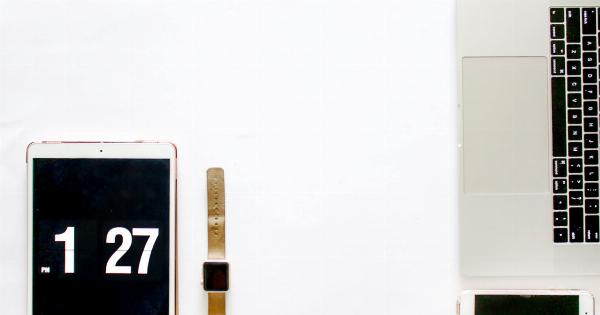Hypertension, also known as high blood pressure, is typically associated with adults. However, it is a growing concern among children as well. Childhood hypertension refers to high blood pressure in individuals under the age of 18.
This condition can have serious implications for a child’s health, and it is essential to understand its causes and risks.
What is Childhood Hypertension?
Childhood hypertension occurs when a child’s blood pressure levels are consistently higher than the normal range for their age and height.
Blood pressure is the force exerted by blood against the walls of the arteries as the heart pumps it around the body. It is measured using two numbers: systolic pressure (the higher number) and diastolic pressure (the lower number).
In children, hypertension is defined as having blood pressure levels equal to or greater than the 95th percentile for their sex, age, and height. It is categorized into different stages based on severity:.
Stages of Childhood Hypertension
Stage 1:.
A child is diagnosed with stage 1 hypertension if their blood pressure measurements fall between the 95th percentile and 5 mmHg above the 99th percentile for their age, sex, and height.
Stage 2:.
If a child’s blood pressure measurements exceed the 99th percentile plus 5 mmHg, they are diagnosed with stage 2 hypertension.
Causes of Childhood Hypertension
The causes of childhood hypertension can vary, and it is often a combination of genetic, lifestyle, and environmental factors.
1. Genetic Factors:.
Genetics play a significant role in determining an individual’s risk of developing hypertension. If a child has a family history of high blood pressure or other cardiovascular diseases, their chances of developing childhood hypertension increase.
2. Obesity:.
Obesity is a significant risk factor for childhood hypertension. Excess weight puts additional strain on the heart, leading to increased blood pressure.
3. Unhealthy Diet:.
A diet high in sodium, processed foods, and sugary beverages can contribute to elevated blood pressure levels in children. Consuming excessive amounts of salt can cause the body to retain water and increase blood volume, leading to hypertension.
4. Lack of Physical Activity:.
A sedentary lifestyle with minimal physical activity can contribute to hypertension in children. Regular exercise helps lower blood pressure and maintains cardiovascular health.
Risks of Childhood Hypertension
Childhood hypertension can have serious consequences if left unmanaged. Some of the risks associated with this condition include:.
1. Organ Damage:.
High blood pressure can damage vital organs such as the heart, kidneys, and brain. It can increase the risk of heart disease, stroke, and kidney disease later in life.
2. Cardiovascular Diseases:.
Children with hypertension are at a higher risk of developing cardiovascular diseases, such as coronary artery disease, in adulthood.
3. Cognitive Impairment:.
Research suggests that high blood pressure in childhood may negatively impact cognitive abilities. Children with hypertension may experience difficulties with attention, memory, and learning.
4. Fatty Liver Disease:.
Hypertension can contribute to the development of fatty liver disease in children. This condition can lead to liver inflammation and scarring.
5. Sleep Apnea:.
Hypertension and sleep apnea often go hand in hand. Sleep apnea is a sleep disorder characterized by pauses in breathing or shallow breaths while sleeping. The combination of the two conditions can further increase the risk of cardiovascular problems.
Prevention and Management of Childhood Hypertension
Preventing and managing childhood hypertension is crucial to protect a child’s long-term health. Here are some strategies:.
1. Healthy Lifestyle:.
Encourage a healthy lifestyle that includes a balanced diet rich in fruits, vegetables, and whole grains. Limit the consumption of sugary beverages and processed foods.
Promote regular physical activity to maintain a healthy weight and reduce the risk of hypertension.
2. Regular Blood Pressure Monitoring:.
Regularly monitor a child’s blood pressure to detect any abnormalities early on. This is especially important for children with a family history of hypertension or other risk factors.
3. Medication, if Necessary:.
In some cases, lifestyle modifications may not be enough to manage childhood hypertension. If a child’s blood pressure remains high despite lifestyle changes, their doctor may prescribe medication to help control it.
4. Stress Management:.
Stress can contribute to elevated blood pressure levels. Teach children healthy ways to cope with stress, such as engaging in hobbies, practicing relaxation techniques, and maintaining a balanced daily routine.
Conclusion
Childhood hypertension is a serious health concern that requires attention and intervention. It is essential to understand the causes and risks associated with this condition.
By promoting a healthy lifestyle, monitoring blood pressure regularly, and seeking appropriate medical guidance when needed, we can protect the health and well-being of children.






























